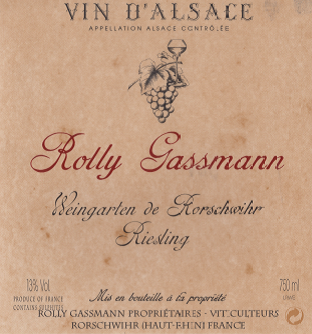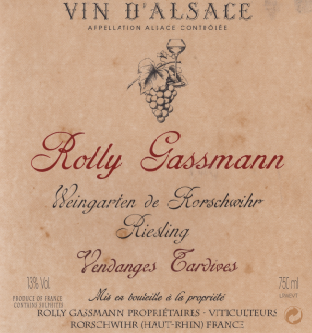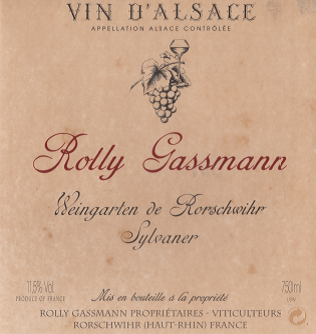WINE INFORMATION:
COLOR : white
REPARTITION DES CEPAGES ET/OU ASSEMBLAGES PLANTES SUR LE TERROIR : Sylvaner 20%, Riesling 15%, Muscat 10%, Pinot Black 10%, Pinot Grey 9%
READY TO DRINK : 3 – 15 years
SOME FOOD AND WINE PAIRINGS:
SYLVANER : shellfish, cold meats, hamburger, doner kebab, salads, raw vegetables, vegetable dishes..
ABOUT THE PLACE-DIT
This locality has been claimed and enhanced by the Convent of Moyenmoutier (8th to 18th century), the Abbey of Ebersmunster, the Benedictines of Cluny (911-1245). Note that over the centuries, the delimitation of the Kappelweg has always tended towards restriction rather than extension. At its origins, it consists of the Kappelweg itself and the Weingarten. Today, it is still, in part (for a wing), still surrounded by a wall dating from the 12th century (erected by the executioners of the Meyerhof sentences) which fixed its limits before the invasion of the Hundred War years. In 1348, it is mentioned for its particularity by the Silo of Sélestat. In 1476, Charles-le-Téméraire levied a new tax there. Nowadays, this “Chemin de la Chapelle” (textual translation) is distinguished by the marriage of the complexity and the elegance of its wines and in particular its Riesling, Gewurztraminer and other Muscat. Completely anecdotally, it should be noted that it was already mentioned under the heading “Grand-Cru” even before the 1975 delimitation (see the 300 harvest declarations of Rorschwihr which mention the 12 localities. It should be noted that Rorschwihr has only 5 handlers, 2 of whom do not have vines in the 12 localities of the Municipality, the other winegrowers being either cooperators or grape sellers.






















